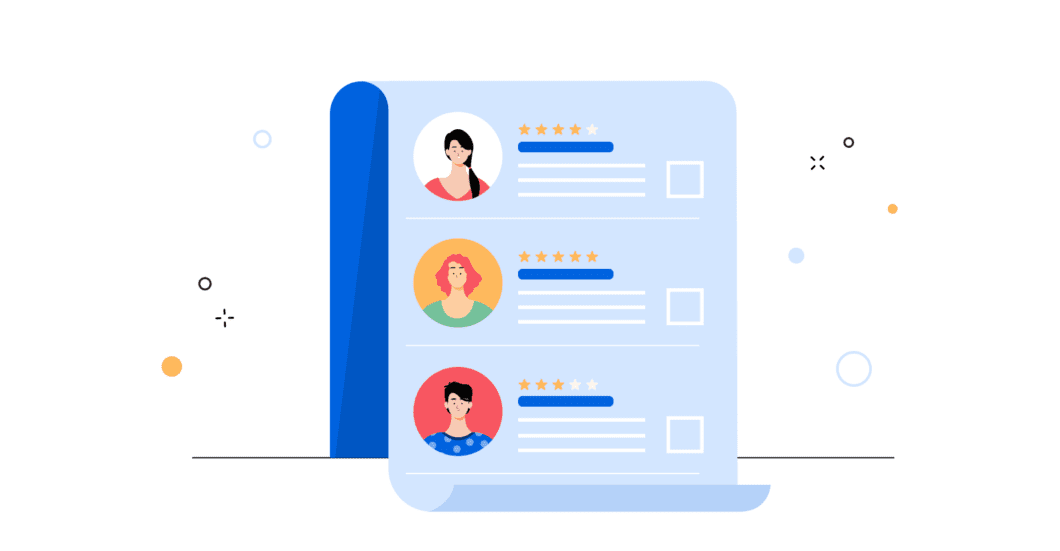What is HRM? Human Resource Management explained
In this article, we explain human resource management (HRM). It covers the definition, functions, and importance of HRM in managing an organization’s most valuable asset: its people.

Success in business relies heavily on hiring the right people and then keeping them motivated and productive. HRM, therefore, focuses on optimal staff employability. This article explains how to achieve this.
So, what is HRM all about?Copied
Most medium-sized and larger organizations have a human resources (HR) department to deal with their HRM needs – nestled somewhere between management and staff in most of their organizational charts.
What’s the purpose of HRM?
HR department staff focus on optimal employability, dealing with personnel as a resource rather than a cost item. However, HR’s not directly involved in operations, such as staff planning or scheduling.
What are the HR department’s main tasks exactly?Copied
Below, we’ll discuss some of the main tasks carried out by an HR department:
Performing task analyses
As Alexander Graham Bell once said, “Before anything else, preparation is the key to success.” Or in HRM terms, what does someone need to be able to do to perform a task or fulfill a role properly? For example, which skills, knowledge, experience, and/or qualifications do they need? By mapping out all this information, you can start recruiting, selecting, and training your staff more effectively and efficiently.
Recruiting, selecting, & hiring
Finding the right person for the job is one of the HR department’s main tasks, which includes writing job descriptions, placing job ads, selecting candidates, conducting job interviews, and then hiring them.
Training & mentoring
Your organization’s success also depends on your existing workforce’s continued professional development, not just hiring new employees. This involves training and mentoring staff so that they can perform their tasks or fulfill their roles more effectively and/or efficiently.
What’s more, upskilling and reskilling are also playing an increasingly important role. Why? Because they’ll ensure your staff remain employable in the future as today’s skills become superfluous in the wake of tomorrow’s automation and digitalization.
Conducting performance reviews
Every job or role requires that staff members perform certain tasks or take certain responsibilities, in addition to having certain skills and competences. By assessing and evaluating these regularly, both employees and employers can identify any areas for improvement and determine how to achieve these improvements.
Drafting remuneration policies
Everyone wants to be paid a wage for the work they perform and the effort they make. Proper remuneration is vital for greater engagement, higher productivity, increased motivation, and a healthy working environment. There are many types of remuneration structures, for example bonus systems in combination with a fixed wage. Which remuneration system works best depends largely on your type of organization, however.
Traditional vs. strategic HRM
HRM used to focus on simply keeping the organization running. All they had to do was fill any emerging job vacancies and occasionally organize a training program. Traditionally, it was reactive and had a short-term focus.
But times are changing. And fast! Technological advances are eliminating certain jobs and roles faster than ever before, which means employees need other skills. What’s more, it’s becoming increasingly difficult to find the right staff in the first place, and this is causing staff shortages. And school leavers don’t always have the necessary skills, experience, and qualifications to fill the gaps fast enough. The time has come for HRM to become more strategic.
Read our article, ‘What could strategic HRM mean for your organization?’, for more information.
Make your HRM measurableCopied
HRM is part art, part science – aimed at attaining and retaining the best possible workforce. A great way to achieve this is to use AG5’s skills management software to get …
- a snapshot of all the skills and qualifications within your organization
- a heads-up on which competences are plentiful, scarce, or missing altogether
- a clear picture of which skills you’ll need in order to remain fully operational
- an overview of which staff’s qualifications will soon need renewing or refreshing
- a keen insight into which staff will need upskilling or reskilling to keep your organization future-proof
Find out more or schedule a live demo now!
Author Copied
Revisions Copied
Written by: Rick van Echtelt
Copy edited by: Adam Kohut

